Different types, functions and uses of hand-made coffee filter cups
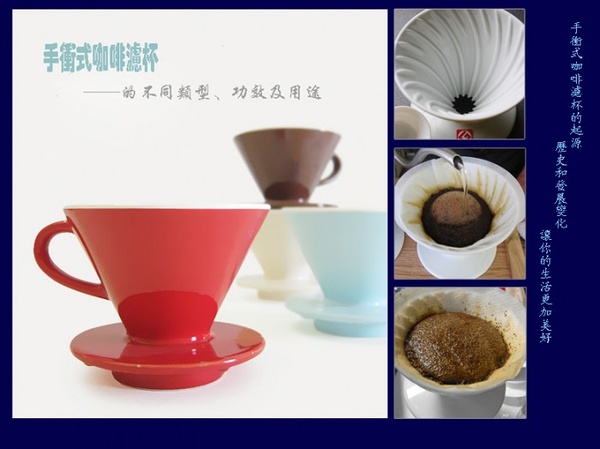
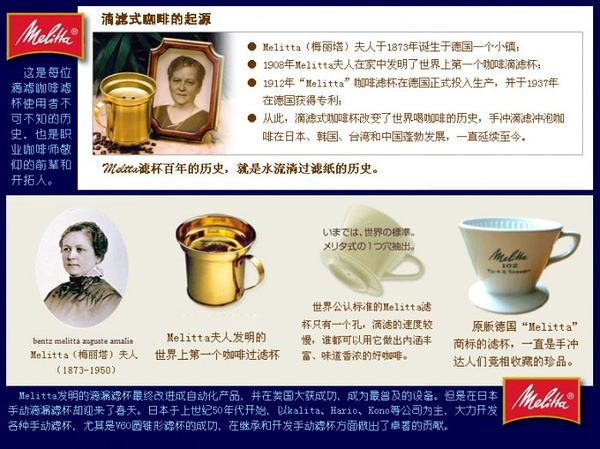
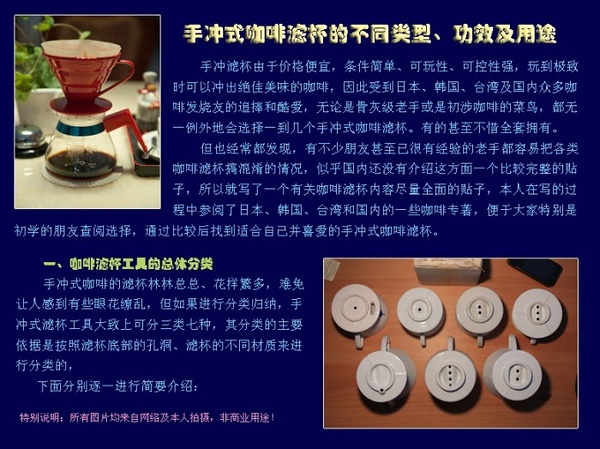
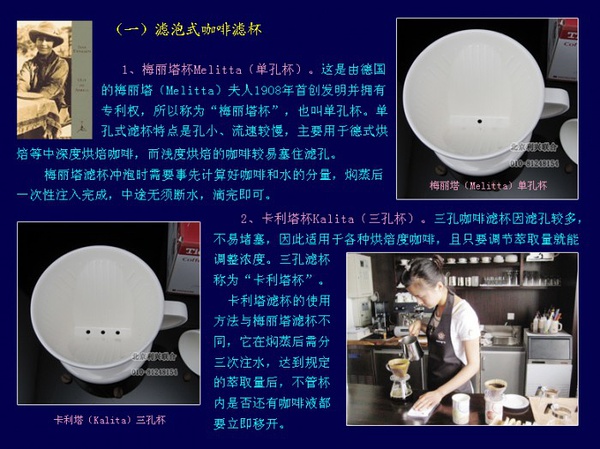
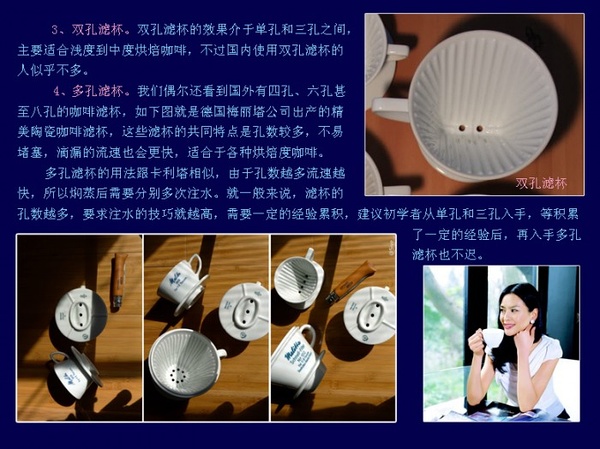
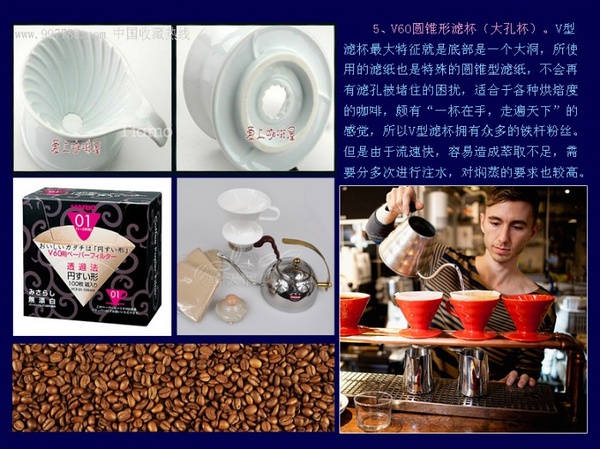
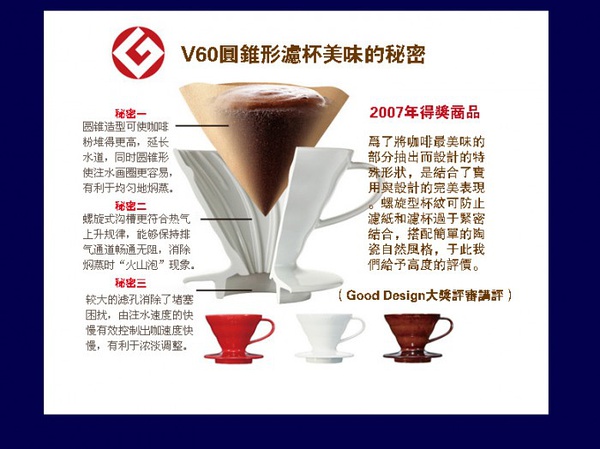
Many of my friends like to stroll around the Paris Cafe. I not only want them to drink the best coffee, but also make TTP shows of stories about coffee and coffee utensils. Everyone says that the process is really enjoyable, because they can never see or hear these history and interesting stories about coffee in the coffee shop outside, so many friends are lured into coffee by me.
I think this is the real promotion of coffee culture, a qualified barista should not only carefully make every cup of coffee, but also know more about the development history of coffee and coffee utensils, which will make you full of personal charm.
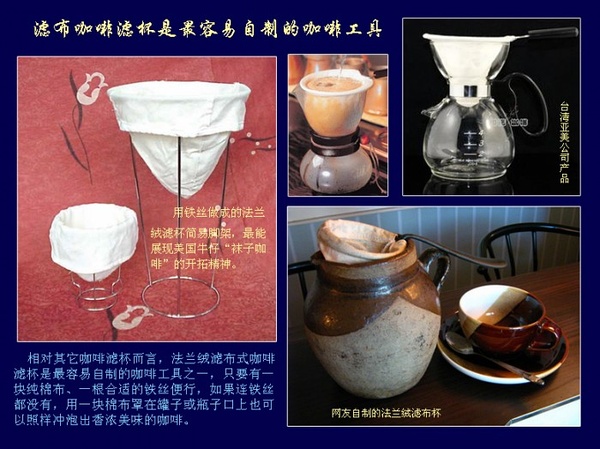
Although flannel has many advantages, the only disadvantage is that it is troublesome to clean, carefully clean each time, and boil with boiling water. No coffee grounds can be left on the flannelette. In order to prevent the coffee traces on the flannelette from oxidizing and smelling, it is best to soak the flannel in a box full of water and store it in the refrigerator after cleaning.
And generally brew 30-40 times, the need to change the filter cloth, Japanese experts suggest every 20 times after the replacement of flannelette, and this kind of flannelette is sometimes very difficult to find, which is also a troublesome thing.
These factors may be the main reason why flannel filter cup is not very popular in China.
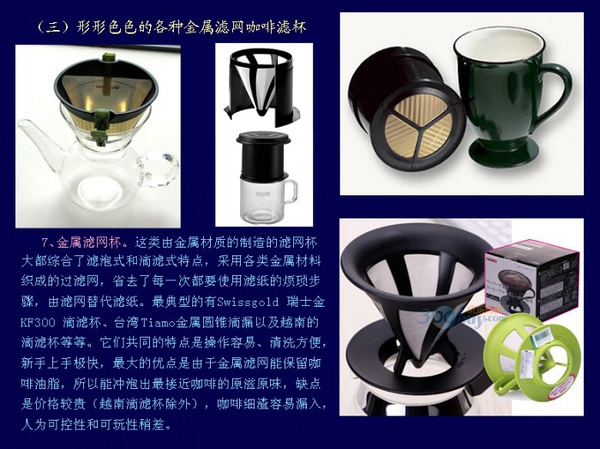
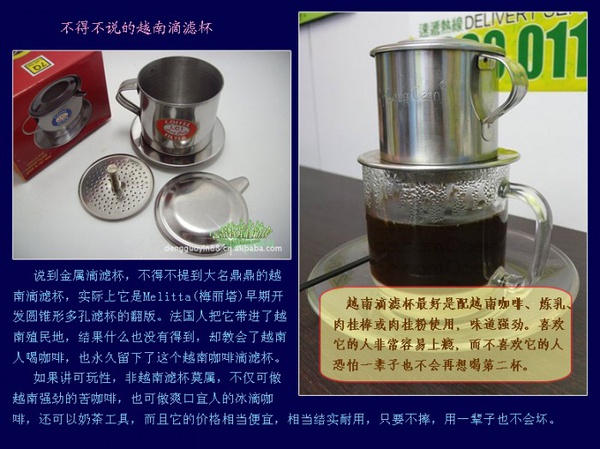
We all know that the Vietnamese trickle filter cup was brought to Vietnam by the French at the beginning of last century, but I am afraid we don't know much about the history of who invented it. In fact, it is a replica of the earliest Melitte copper filter cup. If you compare the Vietnamese filter cup with the world's first copper filter cup invented by Mrs. Melita, you will find that they are almost the same in shape and structure except for their different materials. And the early Melitte porous filter cup is almost exactly the same as the current Vietnamese dripping pot. So, if you want to try what the early Melitte filter cup tastes like, you have to have a Vietnam drop cup. If you can tell the relationship and story of Melitte and Vietnam drip filter cup to the guests, it will certainly make the guests think highly of you.
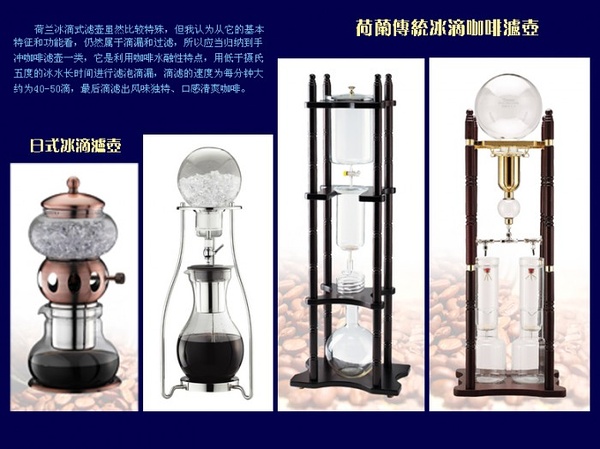
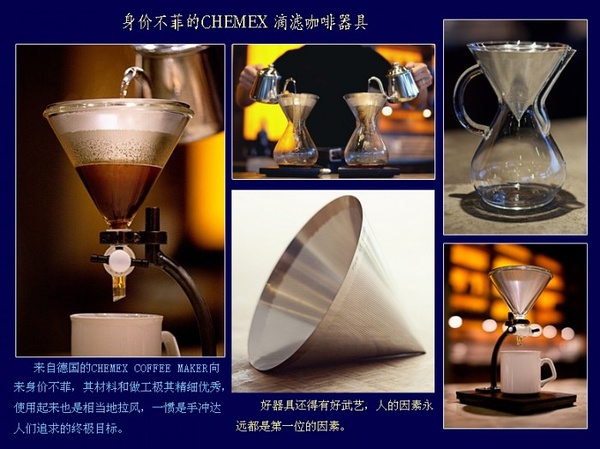
The American follicle pot is a coffee pot invented in the United States by Dr. Peter J.Schlumbohm, who was born in Germany in 1941. Its design and particularity are recognized, not only selected as the "Illinois Institute of Technology" top 100 modern products, but also displayed by New York MoMa as a permanent collection of "Smithsonian and the Philadelphia Museum of Art".
The uniqueness of the American bubble pot is that the coffee pot and the filter cup are integrated, not separate. On the slender waist, the appearance wrapped in wood and leather rope is quite advanced and elegant. But the secret to extracting pure but flavored coffee lies elsewhere. The upper part of the filter cup of the American bubble pot has an air channel (air channel) in the shape of a funnel, which can supply air smoothly when extracting coffee, and the filter paper can be easily removed after use. There is also the filter paper used in the American bubble pot, which is about twice as heavy as the ordinary filter paper, but its advantage is that it can leak strong but non-bitter coffee.
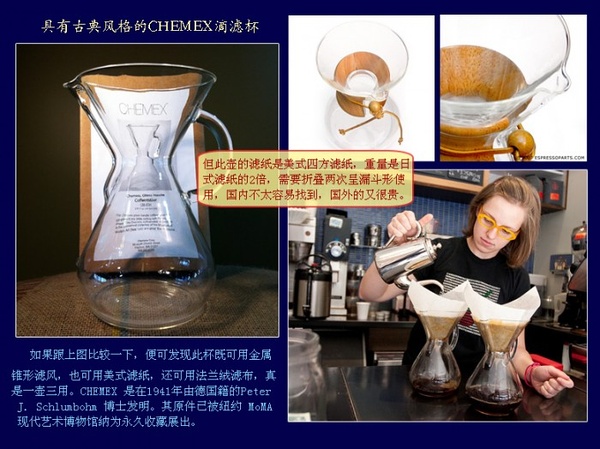
The coffee extracted by the American filter pot can not only remove the excess oil and bitter ingredients, but also extract only the purest coffee. After frozen preservation, it still has its flavor even if it is heated and drunk again. When heating the bubble pot directly on the gas furnace, even if the heat-resistant glass is used, it is still dangerous, so it is better to put it on the iron frame or tripod and then heat it.
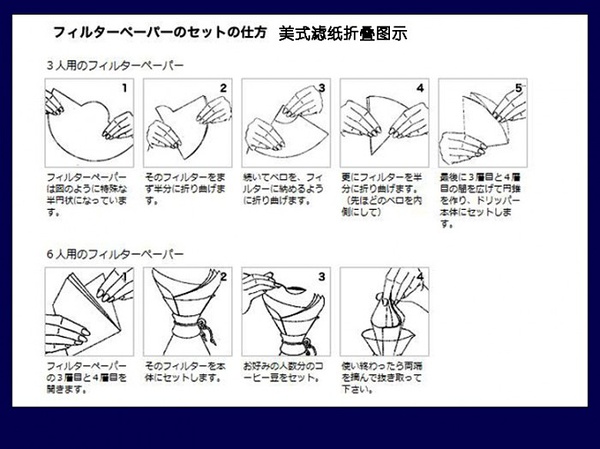
The filter paper of the American bubble pot is not funnel-shaped, but flat four corners or round filter paper. This is a common method in the laboratory. The flat filter paper is folded twice and folded into a funnel shape. Maybe it's because the inventor used to be a doctor of chemistry. The filter paper of Kono and Hario is also funnel-shaped with a sharp end. If the filter paper wall is soaked in water, it can withstand heavier coffee and use pressure to attach both sides. However, the funnel and flask part of the American bubble pot is not accepted, because of the filter paper, if you use the sewn filter paper, the two sides of the filter paper will break because of the weight of the coffee. It's as simple as putting filter paper on a mug and making coffee. But the basket-shaped filter paper can be folded twice like circular filter paper and folded into a funnel instead of being used.
Do a good thing to the end! So put the folding method of American filter paper on the diagram, the picture is very detailed, so you can understand it without translation, so it is convenient for everyone to consult and use it at any time.
However, domestic friends who are ready to choose the Kemex filter cup must be reminded to note that this American filter paper is not easy to find. It seems that it is not sold all over Asia. The chef once ordered a batch abroad, but the customs did not let it go. He could not help but sigh in his blog that "the filter cup is easy to find, but the filter paper is difficult to find."
Kemex-it's not easy to say I love you.
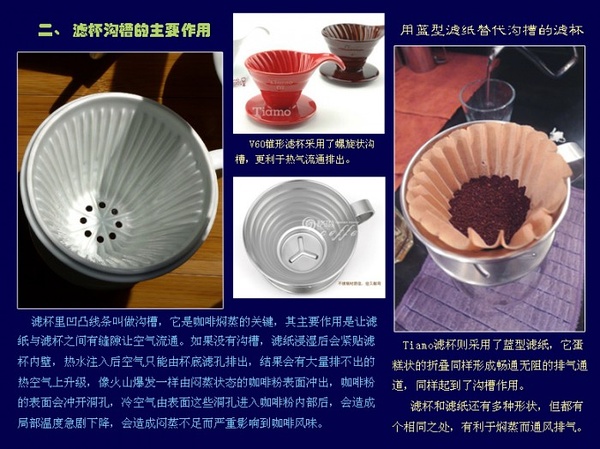
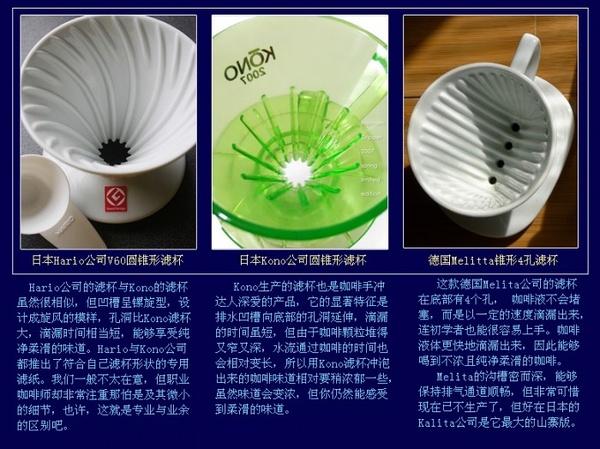
Different shapes of grooves form different concave and convex exhaust channels, which will have different subtle effects on the taste of coffee, but this requires a deep understanding of the nature of coffee and hand-making utensils. Only experts who have accumulated considerable experience and attainments can experience it.
In addition to the above three most commonly used materials, there are heat-resistant glass, aluminum alloy, tin and other materials, and even in some hot countries in Southeast Asia, there are coffee filter cups woven with plants such as bamboo and flax, which is really pure natural and green.
In fact, as long as the coffee filter cup can meet the three basic conditions of filtration, ventilation and heat preservation, it can make good coffee. If we think about it, there are a lot of materials that can be replaced.
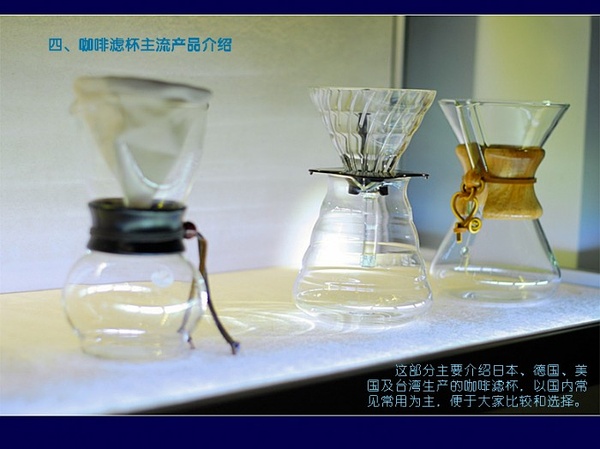
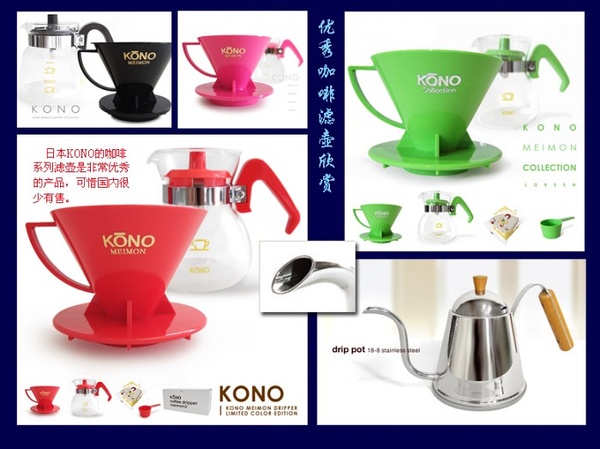
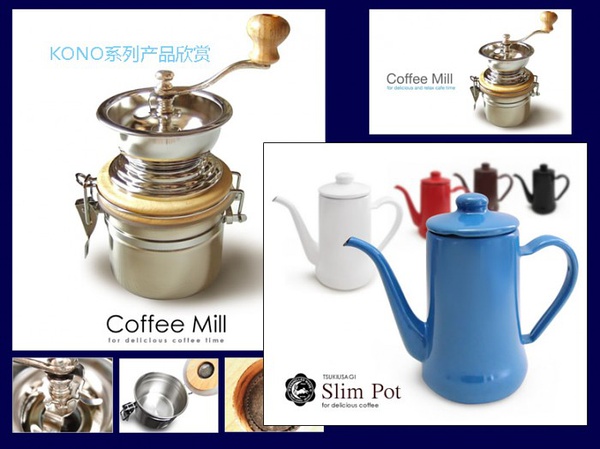
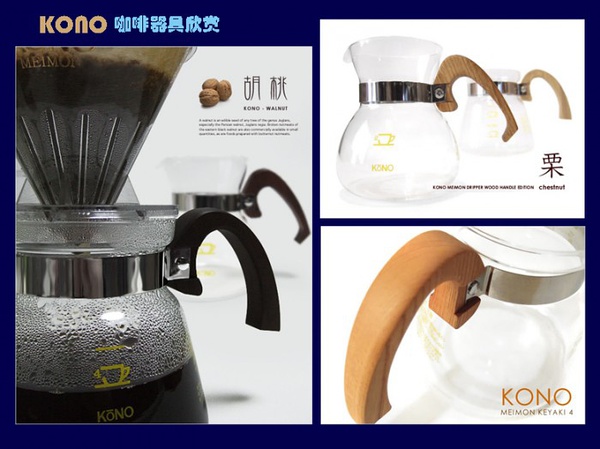
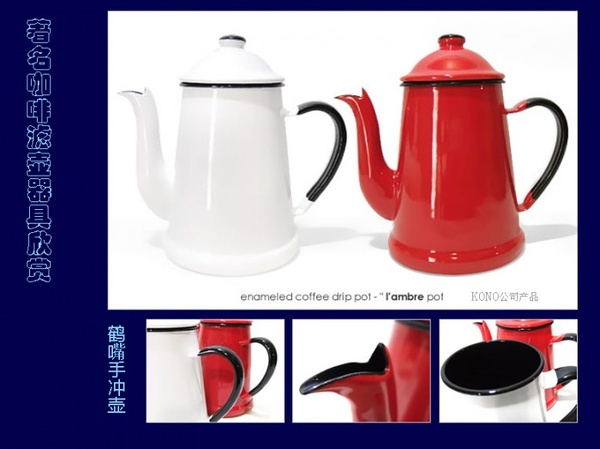
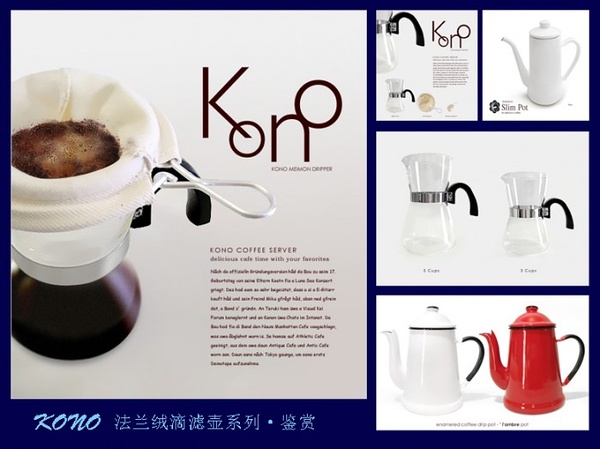
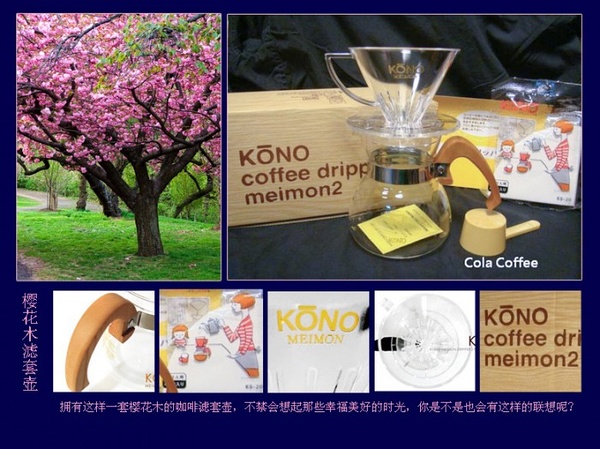
The biggest feature of the coffee utensils made by NONO in Japan is very exquisite, and complete sets of coffee utensils match each other, no matter the material, color and overall style design are very exquisite, with the same meaning of the tea ceremony and idyllic poetic and picturesque, such exquisite coffee utensils come out, no matter whether they like to drink coffee or not, they will immediately kill countless young men and women in literature and art.
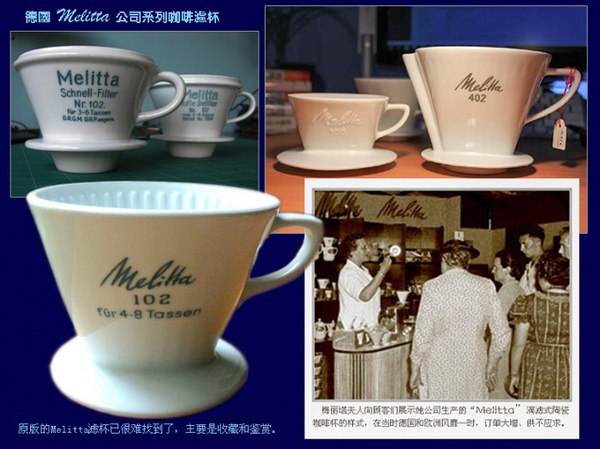
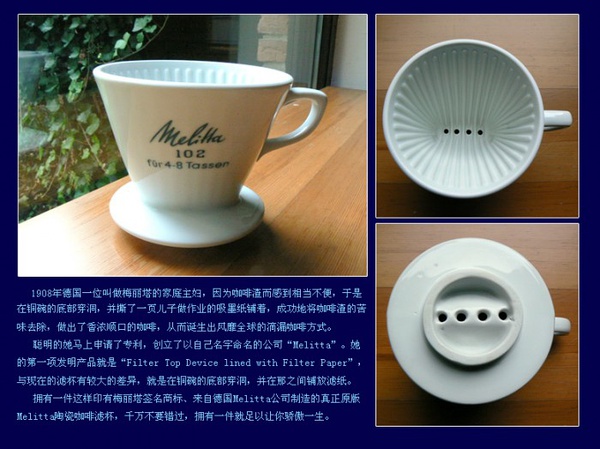
German Melitta company from the late 1950s, mainly committed to the automation of coffee filter cup, and finally achieved success in the United States, that is, now the popular American trickling filter machine, pure hand drip filter cup has not been produced, so now we can find the Melitta filter cup products from the 1920s to the 1950s, but the stock of Melitta is not small, if the heart can still be found. The exquisite and precious Melitta filter cups shown in this post were collected directly from abroad by a boss named "EN1808" in the Coffee Salon Forum.
When it comes to the most widely used hand coffee filter cup today, it is the V60 conical coffee filter cup made by HARIO Company. There are three secrets to the success of the filter cup: first, the spiral groove can vent the heat more effectively; second, the deeper cone makes the coffee powder pile higher and the channel longer, so that the coffee can be stewed evenly. Third, the larger leakage makes the effluent unimpeded, and the speed of dripping is all controlled by the speed of your water injection. V60 coffee filter cup has been widely used since it was launched in 2005 and has been fully affirmed by industry experts and coffee lovers.
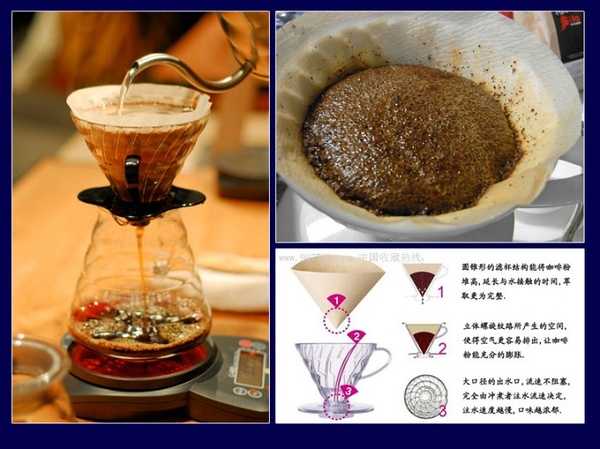
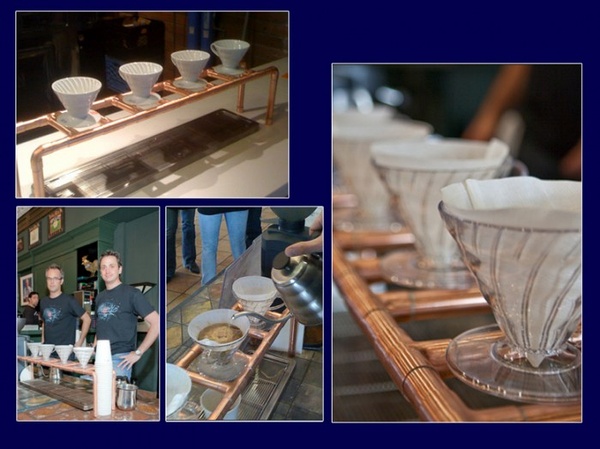
When discussing the V60 marketing strategy, HARIO finally decided not to take the aristocratic high-end route, the choice of a variety of materials and reasonable prices make it successfully promote to the global coffee market, especially the families of tens of millions of ordinary people.
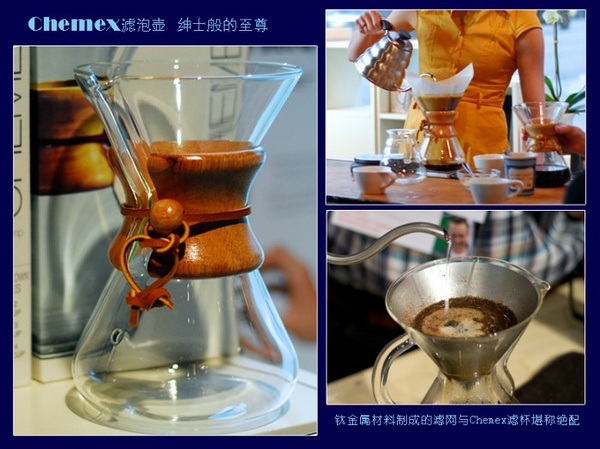
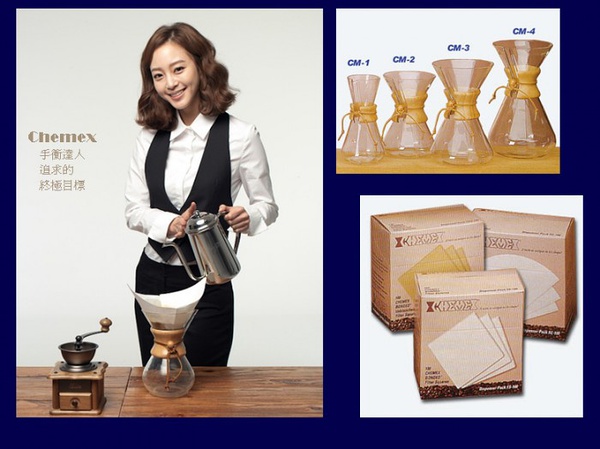
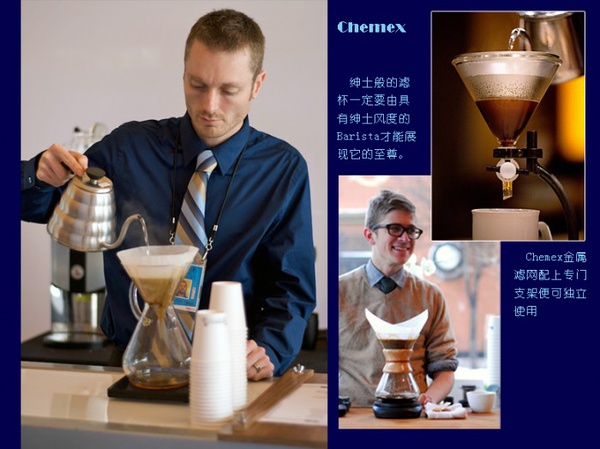
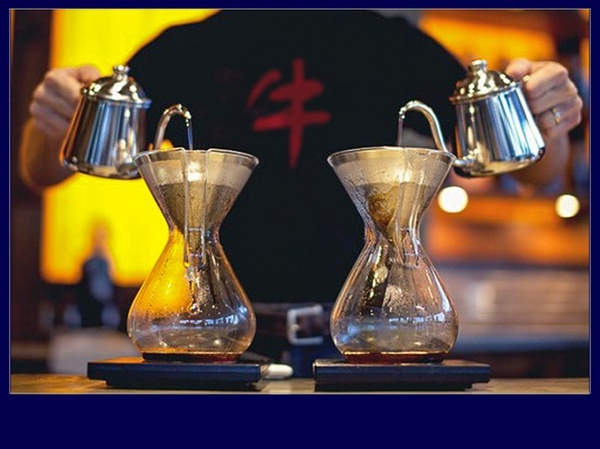
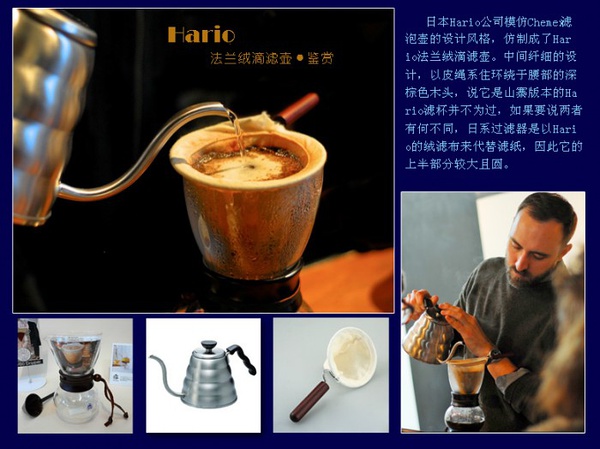
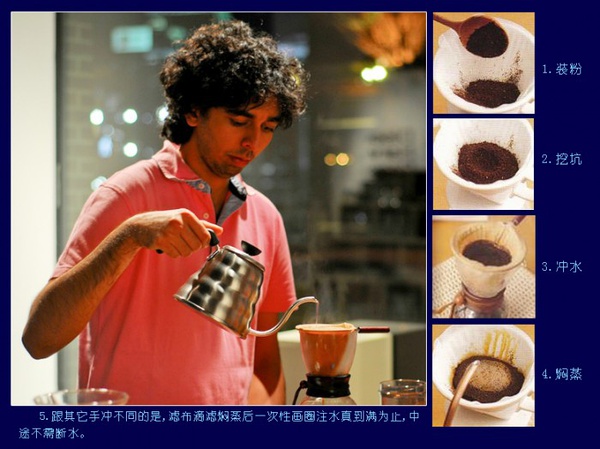
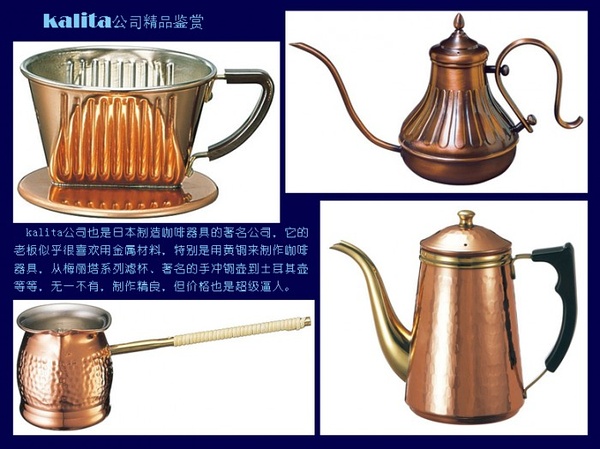
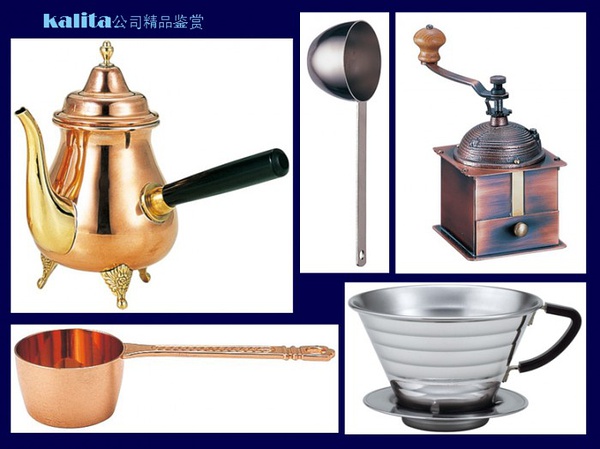
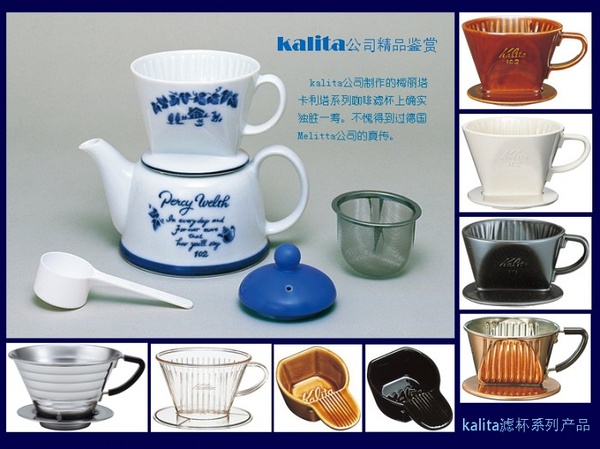
Kalita translates into Chinese as "Kalita". According to the explanation in the Japanese monographs on coffee, the Kalita filter cup refers to a flat conical coffee filter cup with only three holes. The name Kalita company probably means to inherit and carry forward the spirit of the hand filter cup of Melitta company. Indeed, Kalita's most classic is the three-hole filter cup, whether it is similar to the Melitta flat cone filter cup developed in the early stage, or the blue Mercedes-Benz three-hole filter cup, which embodies this implication.
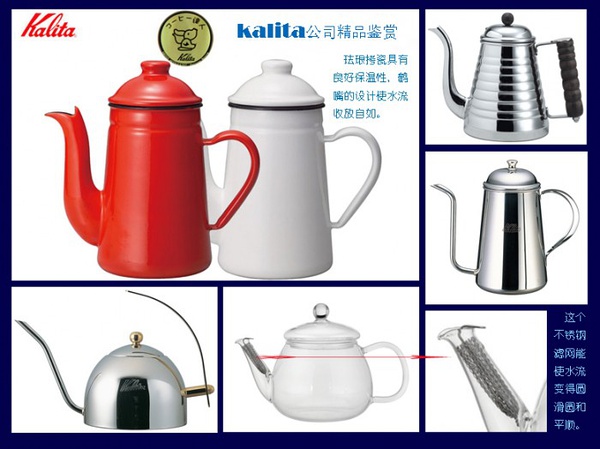
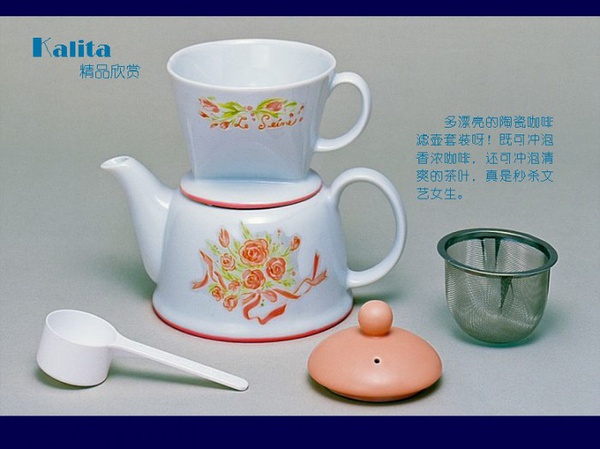
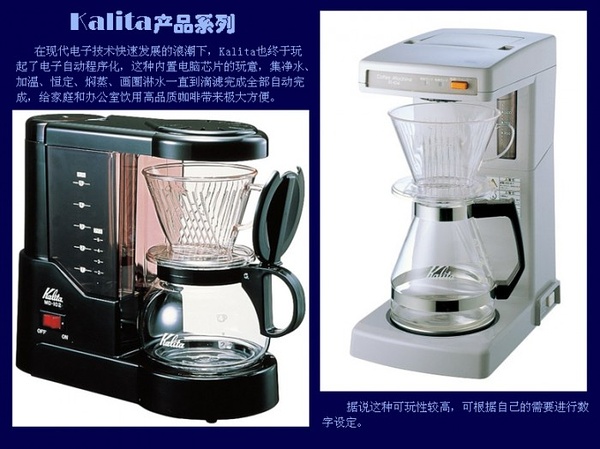
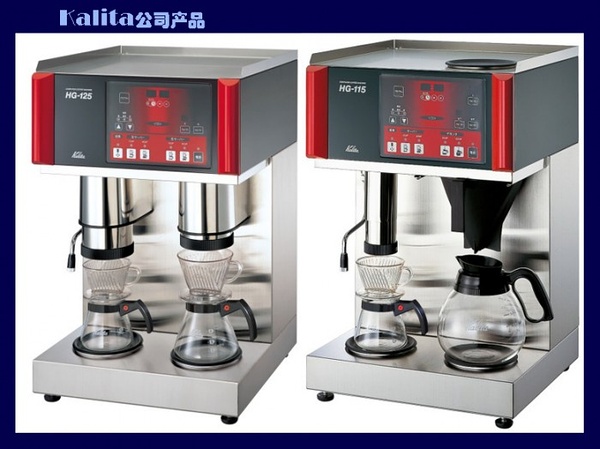
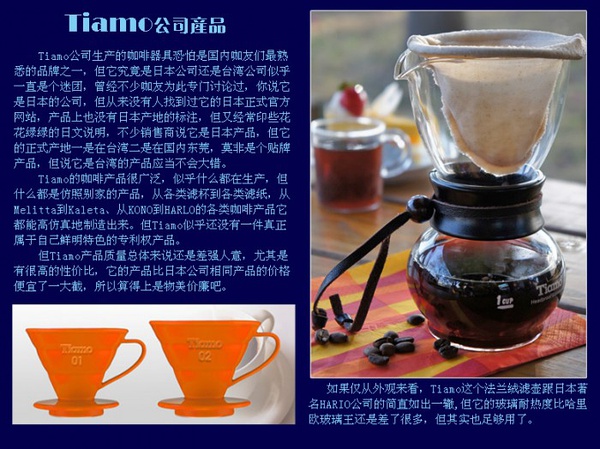
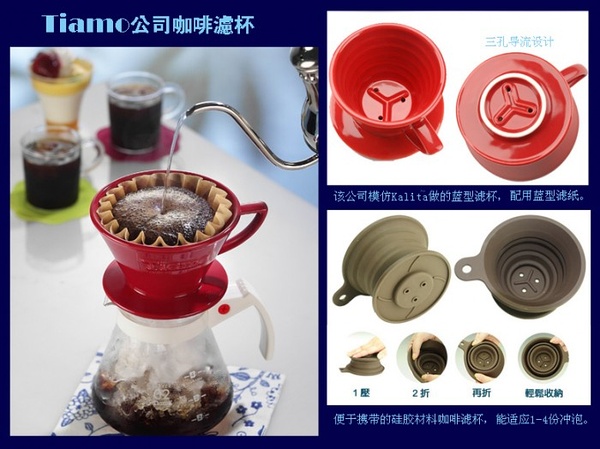
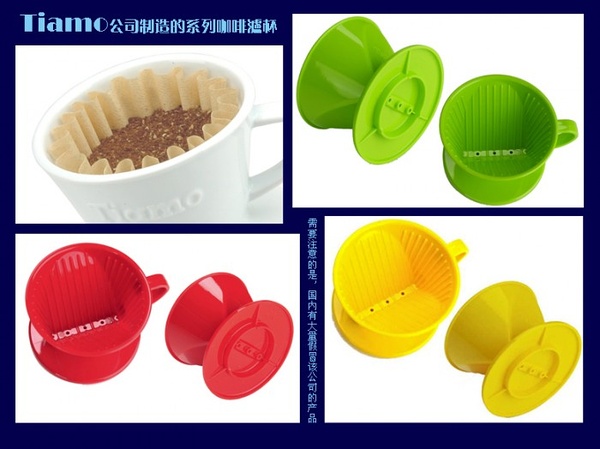
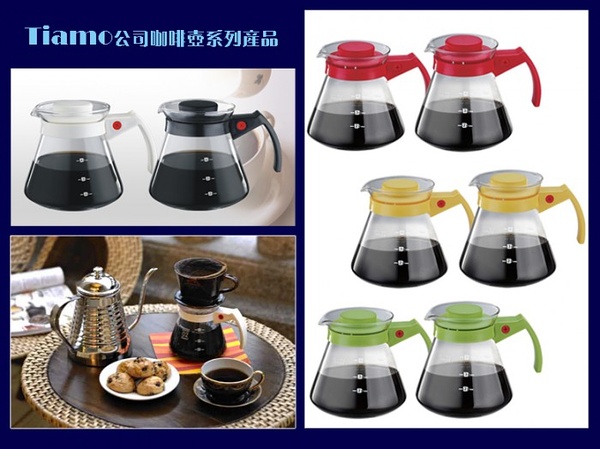
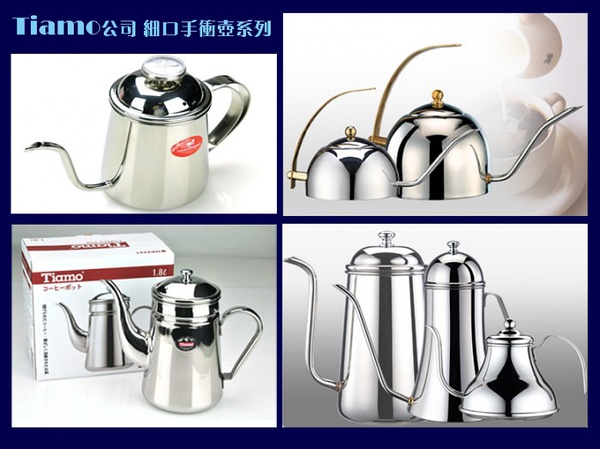
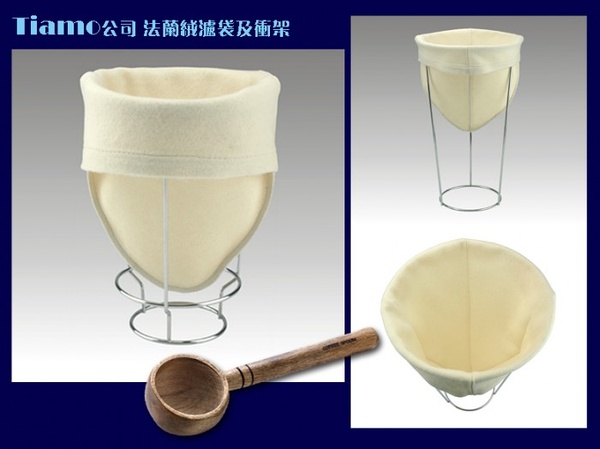
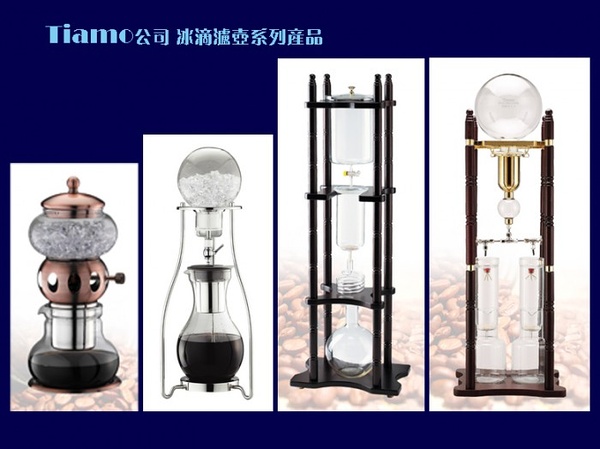
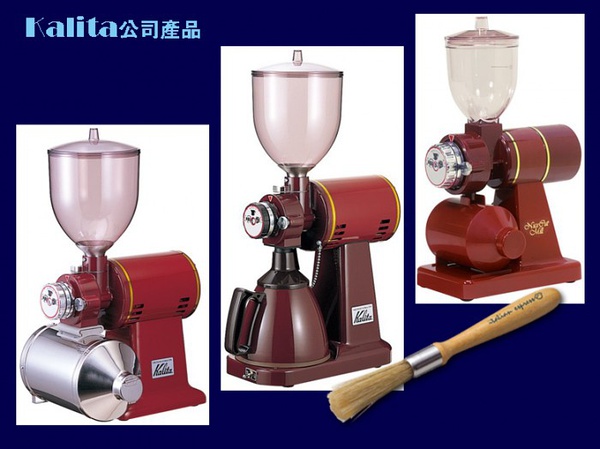
Introduced so many different types of coffee filter cups with their own characteristics, are there any of the best and most perfect? To be sure-- there will never be such an answer.
As a coffee lover, how to choose the coffee filter cup, by comparison, according to their own love and economic affordability, choose the most suitable coffee filter cup, the most suitable for themselves is the best.
It is important to be rational when buying, and do not crave for perfection, especially one or two sets of beginners, and it is not too late to try other filter cups after you are proficient. Although the price of hand-made coffee tools is not expensive from each point of view, if you want to collect the whole set, see one love one, the price is by no means a small number.
Coffee players have traditionally had two levels:
One is to play with equipment, the more expensive it is, the rarer it is, the better. The movie line "do not ask for the best, but only the most expensive". Playing around has become equipment control, and having good equipment is certainly a good thing, but it is a bit sad to forget that any equipment will eventually serve a good cup of coffee and become a slave to coffee utensils.
The second is to always adhere to the general goal of carefully producing a good cup of coffee, give full play to and tap the potential of existing equipment, and give full play to people's subjective initiative and infinite creativity according to their own needs and economic capabilities. it is gratifying to have good equipment without conditions, and there is no need to be discouraged. If you have the conditions, you have to go even if you don't have the conditions to create them. A golden filter cup made of gold can make excellent coffee, and a clay filter cup made of clay can also make excellent coffee and make the best coffee with existing utensils. This is a really impressive and admirable good player.
I originally intended to write about the basic usage and differences of all kinds of coffee filter cups, but in this way, the post will become very complicated, putting aside the selection of beans, baking and maintenance of beans. It also involves at least many important operation links, such as identifying beans, judging the degree of roasting, grinding coffee powder, selecting water temperature, steaming, flushing and dripping, and so on. It also involves the selection of corresponding tools and so on, which need to be subclassified and edited. Doesn't it turn into a big speech? Therefore, it is strictly limited to the scope of the filter cup utensils, although it has not been finished (such as the Smart Cup), but the most common and most commonly used filter cup tools have been written, so it is over. In the future, we will have time to open up writing and brewing methods to communicate with friends and improve together.
Important Notice :
前街咖啡 FrontStreet Coffee has moved to new addredd:
FrontStreet Coffee Address: 315,Donghua East Road,GuangZhou
Tel:020 38364473
- Prev
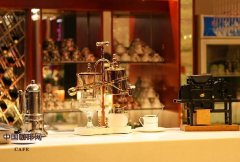
Comments from the world's top coffee bar chef
1. From an early stage, the coffee bar maker should take part in the competition to learn all kinds of things from the outside world. It is only natural to use this knowledge to improve yourself. In addition, you should share it with your co-workers. Mr. ZOKA Jeff Babcock 2, the coffee bar chef can use 1 cup of coffee to bring happiness to the guests
- Next
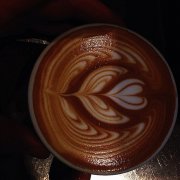
The skill of how to milk delicate spaghetti coffee
One: [steam requirements] the use of steam to get rid of foam combined with the rapid production of ESPRESSO, it is precisely because of these two points that espresso coffee can be popular all over the world in a short time. So what kind of requirements do we usually have for the steam that dispels the foam? the stable amount of steam in ① is the most important point, and the large and small steam is often exactly what you cannot do with the foam.
Related
- What is the meaning of lactic acid fermentation with coffee bean treatment?
- How to judge the state of foam by sound?
- How does the latte pull out the unicorn pattern? Come to get for a little trick to improve the flower pull!
- Will flower pulling affect the taste of the latte?
- Do you know the history of coffee?
- The difference between honey treatment and sun washing what is raisin honey treatment?
- What kind of milk can a novice use to make coffee foam to keep the foam longer? The correct method and skills of milking tutorial sharing
- Why do washed coffee beans taste sour? Flavor characteristics of washed Coffee
- Introduction to the skill of how to practice the size and height of water injection around the circle of hand-brewed coffee
- How do beginners practice coffee flower drawing from scratch?

